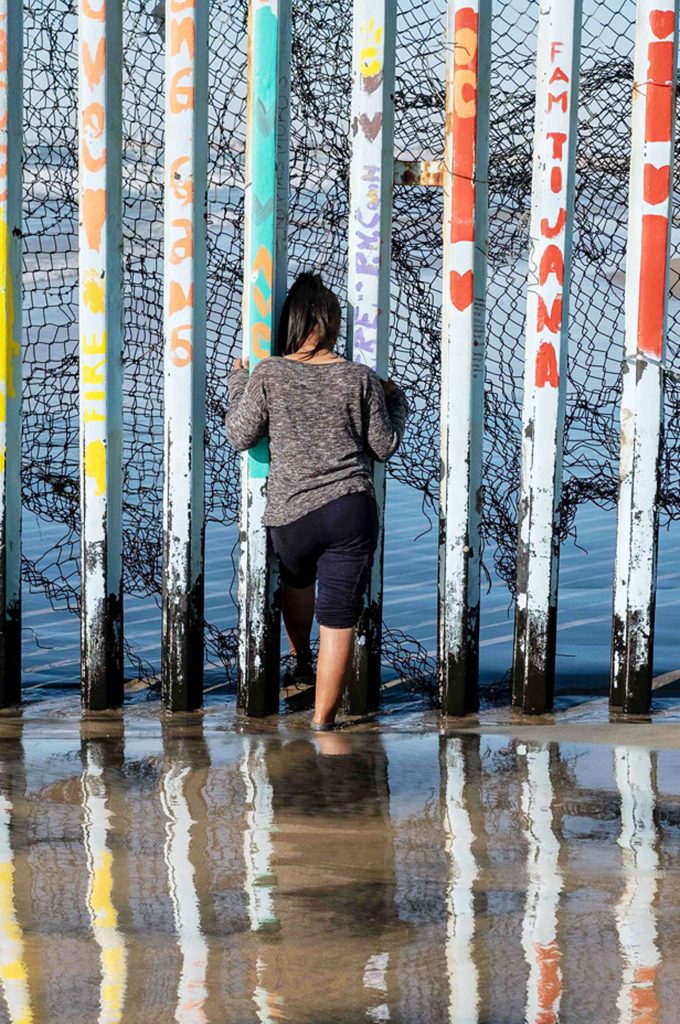
Since the 2000s, Mexico’s immigration system has evolved as pressures from the United States have increased. In 2014, as the number of unaccompanied minors and children migrated to Mexico increased, Mexico created and enforced the Programa Frontera Sur (Southern Border Program) to protect these vulnerable migrants (Ruiz Soto, 2020). In 2018, Mexico aimed to provide safe and legal migration with a focus on human rights and ensuring that migrants will enter legally (Ruiz Soto, 2020). The US and Mexico developed a joint negotiation to decrease the flows of migration within Central America in June 2019. Furthermore, the US has influenced Mexico through its policy-making process while continuing to adapt to the rapidly changing immigration environment (Ruiz Soto, 2020). As of December 2019, the Internal Displacement Monitoring Centre (iDMC, 2020) recorded a total of 345,000 internally displaced persons by conflict or violence in Mexico. “The UNHCR has registered nearly 50,000 refugees and roughly more than 70,000 asylum claims” (Deslandes, p. 1, 2020). These numbers keep rising as many individuals decide to follow the many Hondurans, Guatemalans, and Salvadoreans on their journey to the United States. These migrants are attributed to the increasingly dangerous and violent conflict between myriad armed groups within Mexico and Latin America (Deslandes, 2020). However, in March 2020, amid the COVID-19 pandemic, asylum requests decreased as many states agreed to reduce the spread of the virus and closed their borders (Ruiz Soto, 2020).
The day after the initial lockdown, 800 people were displaced which increased these individuals to COVID-19. These individuals received no support from the Mexican government while even sometimes indirectly supporting violent outbursts led by gang-related violence. People were very frightened when receiving threats to their homes and were forced to move with no support which should have been a primary responsibility provided by the Mexican government. Attributed to these conflicts, many IDPs decided to join the Hondurans, Guatemalans, and Salvadorans that were migrating to the US (Deslandas, 2020).
Works Cited
Deslandes, A. (2020, August 25). Homeless at home: Inside Mexico’s neglected displacement crisis. Retrieved April 01, 2021, from https://www.thenewhumanitarian.org/newsfeature/2020/08/25/Mexico-internal-displacement-crisis-conflict
Internal Displacement Monitoring Centre (iDMC). (2020). Retrieved April 01, 2021, from https://www.internal-displacement.org/countries/mexico
Ruiz Soto, A. G. (2020, June). One Year after the U.S.-Mexico Agreement: Reshaping Mexico’s Migration Policies. Retrieved March 30, 2021, from https://www.migrationpolicy.org/sites/default/files/publications/OneYearAfterUSMexAgreement-EN-FINAL.pdf
